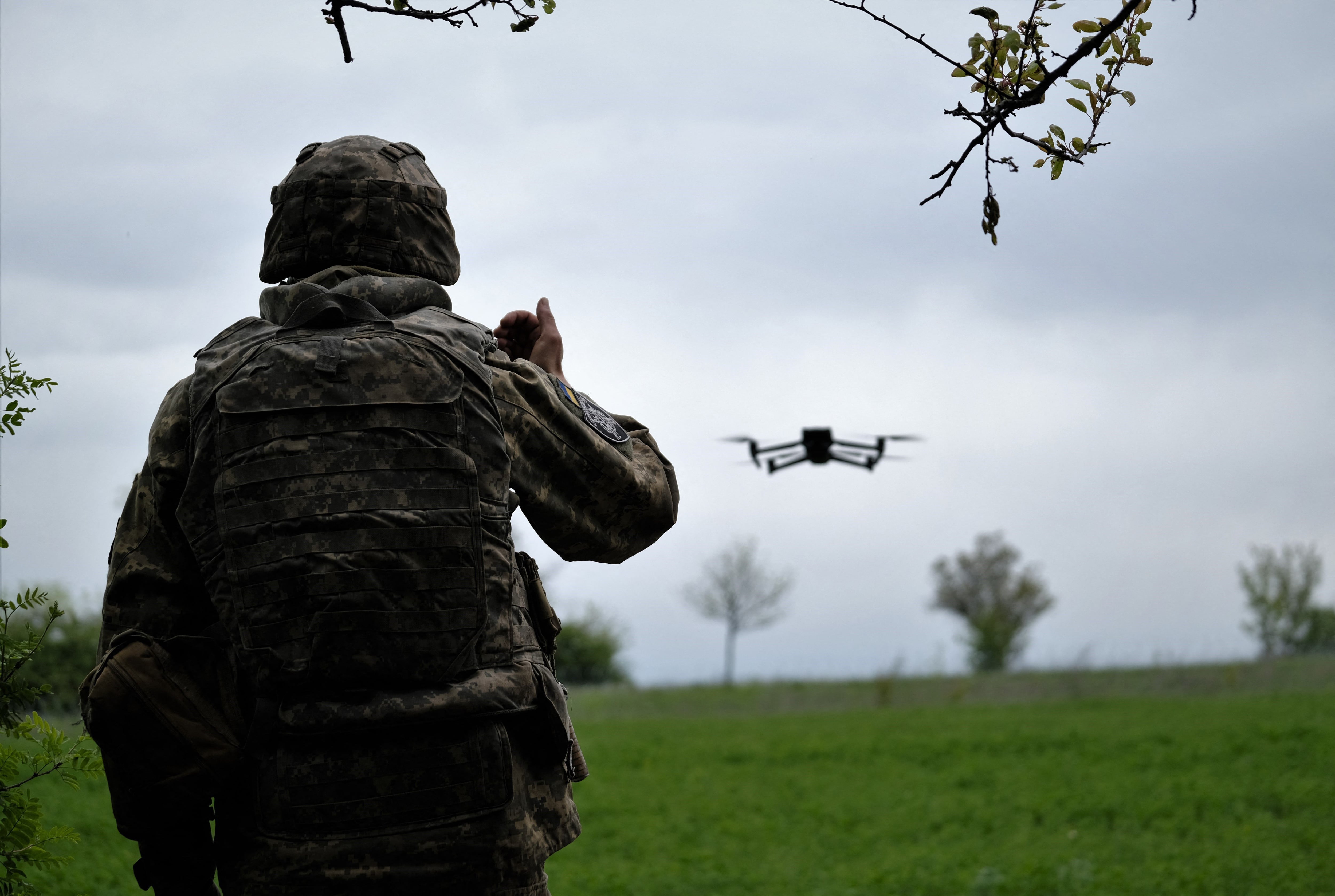WASHINGTON — A strategy for harnessing technology from commercial and non-traditional companies proposed by former Defense Innovation Unit director Mike Brown has caught traction in one House committee’s fiscal 2024 defense spending bill.
The legislation, which the House Appropriations Committee approved June 22, would allocate $1 billion toward establishing a “hedge portfolio” made up of innovative, commercially available systems including low-cost drones and satellites, agile communication and computing nodes and artificial intelligence capabilities.
DIU, the Pentagon’s commercial integration hub, would oversee execution of the funds, which it would use to advance existing innovation initiatives and support fielding new capability within the next three years. The bill calls for the department to submit a report within 90 days of the legislation’s enactment that outlines an acquisition plan for the portfolio and identifies 10 candidate projects.
“This portfolio is a hedge against growing and innate tactical and logistical risks to current weapon systems, as well as a hedge against industrial base risk, given the lack of capacity and diversity,” the committee said in a report accompanying the bill. “The development of non-traditional sources and non-traditional solutions are essential to this hedge, and it will require intentionally taking calculated risks to incentivize positive, deliberate, accelerated change.”
The proposal echoes a “hedge strategy” drafted last year by Brown — who led DIU from 2018 to September 2022 — and retired Chief of Naval Research Rear Adm. Lorin Selby. They argued that while the Defense Department has a number of organizations focused on innovative concepts aimed at rapidly fielding new capabilities, it lacks a focused, systematic approach to delivering them.
Brown and Selby called on DoD to develop a process that fields emerging technology-based capabilities in large quantities, applies commercial capabilities with a sense of urgency and focuses on small, low-cost, AI-enabled autonomous systems.
The committee indicates that the push to create a hedge portfolio is also a response to the ways in which Ukraine’s military has harnessed technology from commercial companies in its resistance to Russian aggression.
“After observing the use of non-traditional weapons from non-traditional sources in Ukraine, the committee supports maturing and focusing ‘innovation organizations’ on rapidly fielding new capabilities from new sources at scale,” the report states.
Elevating DIU
The establishment of the portfolio, and the associated funding, would be a significant boost for DIU and follows Defense Secretary Lloyd Austin’s recent decision to elevate the office to report directly to him. The committee highlights the move in its report, saying the transition provides “a timeline milestone to deliberately create a hedge portfolio.”
“If properly executed, this hedge has the potential to reduce the taxpayer’s burden by leveraging private capital, expand America’s economic advantage by accelerating emerging technology, and broaden the pool of talent supporting national defense,” the committee states.
The proposed $1 billion allocation includes more than $612 million in additional funding for DIU, with the remaining $420 million transferred from existing accounts. Congress appropriated just $191 million for the organization in fiscal 2023.
The bulk of the new funding is in a “Defense Innovation Unit Fielding” account, which supports a range of AI-related technology, including $10 million for AI-enabled drones, $23 million for autonomous virtual take-off and landing logistics systems and $13 million for digital engineering. It also would provide $220 million to rapidly funnel field-ready hedge projects to combatant commands.
The committee directs DIU to coordinate with the Pentagon’s chief digital and AI officer on these efforts.
The bill also recommends that the secretary of each military service create a Non-traditional Innovation Fielding Enterprise lead who would be responsible for working with commercial industry partners and shepherding projects within the service. The new organizations would “bring together the nexus of best practices identified in the last several years of defense innovation.”
“These designated Nexus fielding projects will begin with a problem statement and will iteratively mature requirements while developing software and hardware for fielding at scale within three years using small teams of warfighters, acquirers and technologists,” the committee said.
Courtney Albon is C4ISRNET’s space and emerging technology reporter. She has covered the U.S. military since 2012, with a focus on the Air Force and Space Force. She has reported on some of the Defense Department’s most significant acquisition, budget and policy challenges.
In Other News




